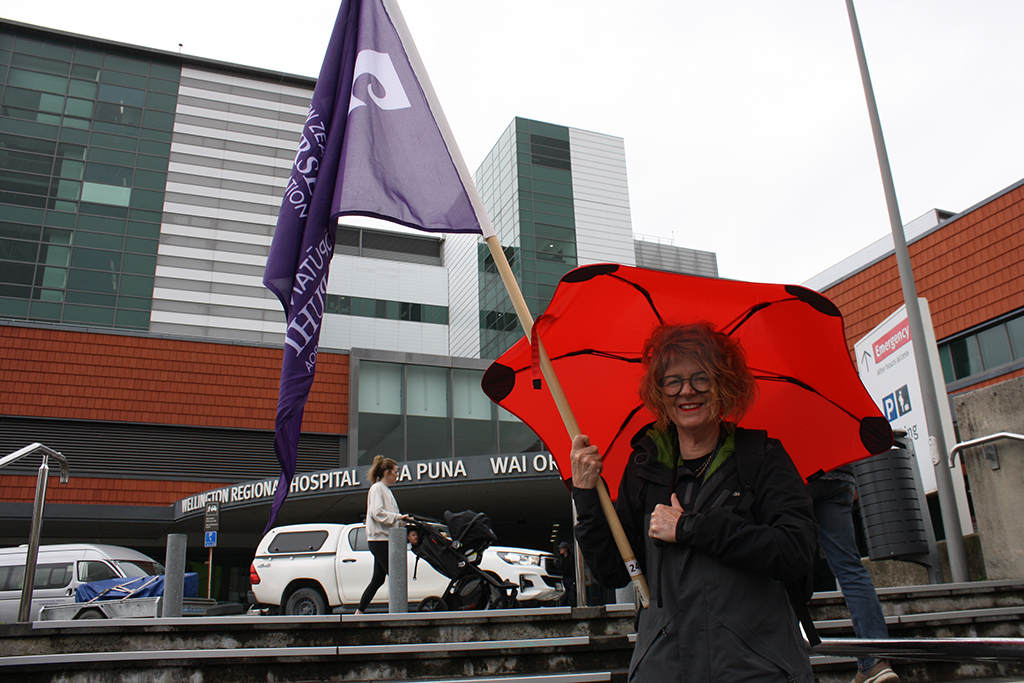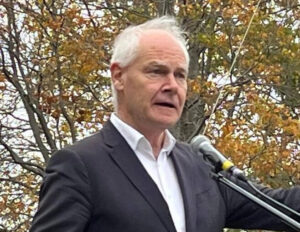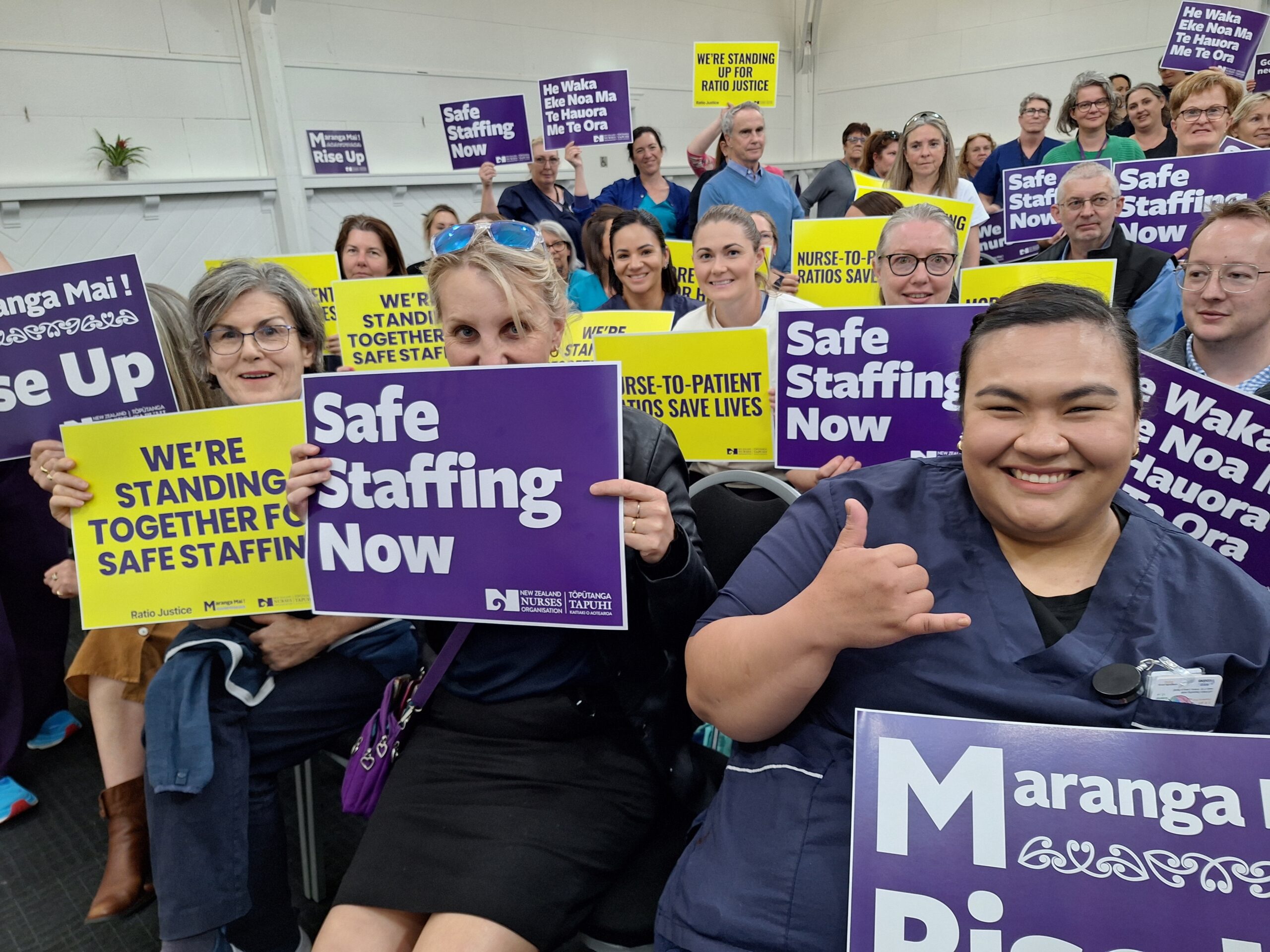The move comes after Te Whatu Ora indicated plans to pause safe staffing calculations and offer just a half-a-per cent pay rise in 2025.
NZNO-Tōpūtanga Tapuhi Kaitiaki o Aotearoa chief executive Paul Goulter said Te Whatu Ora was formally notified today, 14 days ahead of the intended strike action, as legally required.
The strike would be complete withdrawal of labour from 11am to 7pm on December 3 at every place in New Zealand where Te Whatu Ora provides health and hospital services, he said.
“We will work with Te Whatu Ora to ensure life-preserving services are in place as required by law.”
‘This would leave few safeguards on staffing levels and result in fewer nurses, midwives, health-care assistants and kaimahi on duty.’
The December 3 strike will be quickly followed by rolling district strikes around the country between December 9 and 20, from 1pm to 5pm. They will be on different days depending on the district, with details to come next week.
Goulter said members were “alarmed” at Te Whatu Ora’s plans to pause full-time-equivalent calculations for the safe staffing tool CCDM (care capacity demand management).
“This would leave few safeguards on staffing levels and result in fewer nurses, midwives, health-care assistants and kaimahi on duty,” he said.
“It will put put patient and whānau safety and wellbeing at risk.”
Wellington nurse and NZNO delegate Nickie Moore has said CCDM was crucial for ensuring a safe level of staff and skill mix on duty. She feared any pause would see the voice of those caring for patients lost.

“They ignore the data, they ignore us,” she told Kaitiaki, after joining thousands of Te Whatu Ora members walking off the job to attend paid union meetings around the country last week.
‘Any settlement needs to reflect the ongoing reset of Health NZ as we work to get back to budget and complete the restructuring underway.’
Goulter said patients would “pay the price” for hospitals that are continuously under-staffed and under-resourced. This is why NZNO was pursuing enforceable nurse-to-patient ratios.

Members were also disappointed at Te Whatu Ora’s indication that it would only be offering the equivalent of a half-a-per cent pay rise in the 2025 and up to one per cent in 2026.
Goulter said that was “well below” the rate of inflation and amounted to a pay cut.
Nurses and kaiāwhina needed a pay rise that reflected “at least” the cost of living and recognised their skills and knowledge, he said.
Te Whatu Ora northern regional deputy chief executive Mark Shepherd said Health New Zealand valued its nurses but was “disappointed that strike action is being taken so early in the bargaining process”.
“We are committed to reaching a settlement with NZNO,” he said in a statement. “Any settlement needs to reflect the ongoing reset of Health NZ as we work to get back to budget and complete the restructuring underway.”
Te Whatu Ora would remain focused on continuing the bargaining process with NZNO and see if strike action could be averted.
Shepherd wanted to reassure the public that hospitals would remain open during strike action, if it went ahead. Contingency planning was underway to ensure safe care for patients. Doctors and other health professionals would be available during the strike.
NZNO–Te Whatu Ora collective agreement bargaining began on September 25.

At a nationwide series of paid union meetings earlier this month, members variously described Te Whatu Ora’s position as “offensive”, “insulting” and “crap on top of crap”.
“We’ve got a fight on our hands,” Lower Hutt delegate Nathan Clark told one of the meetings.
The NZNO-Te Whatu Ora member ballot to strike closed on Friday November 15 at midday.



